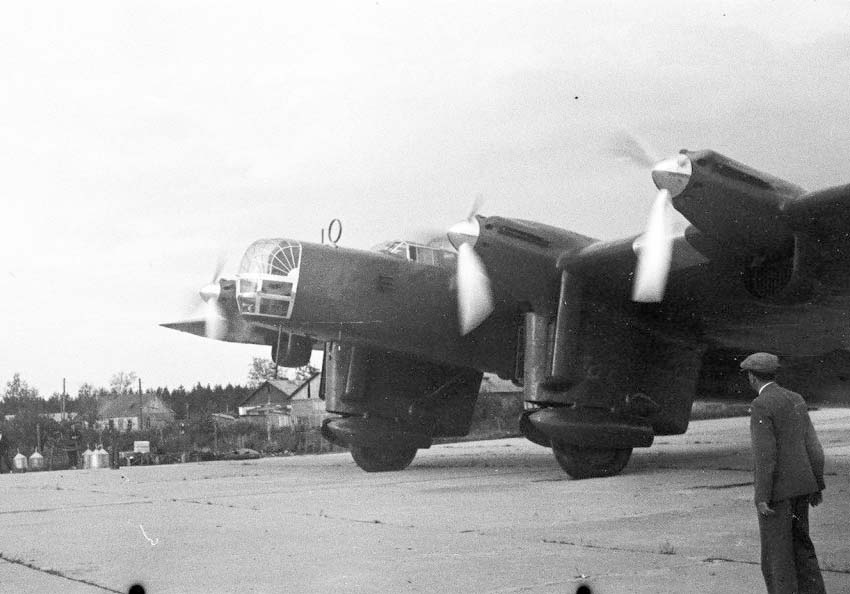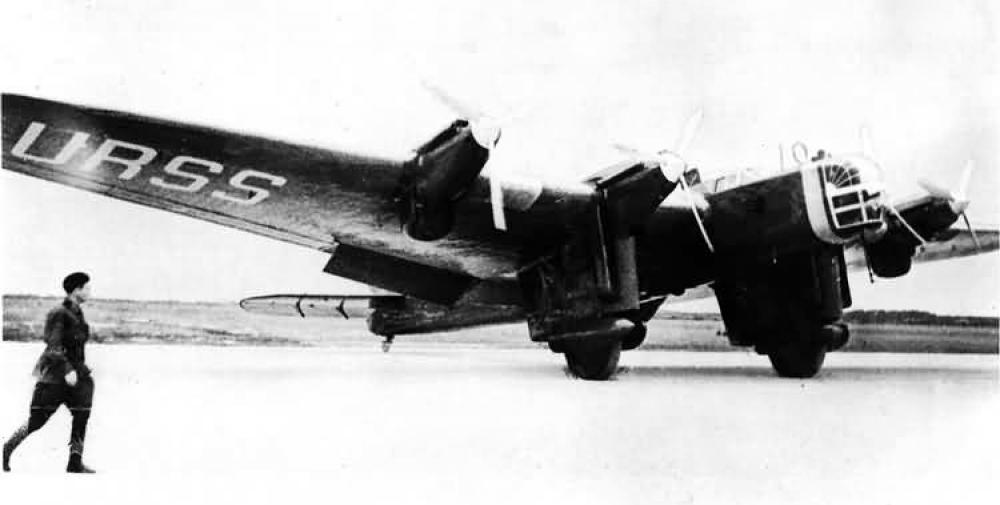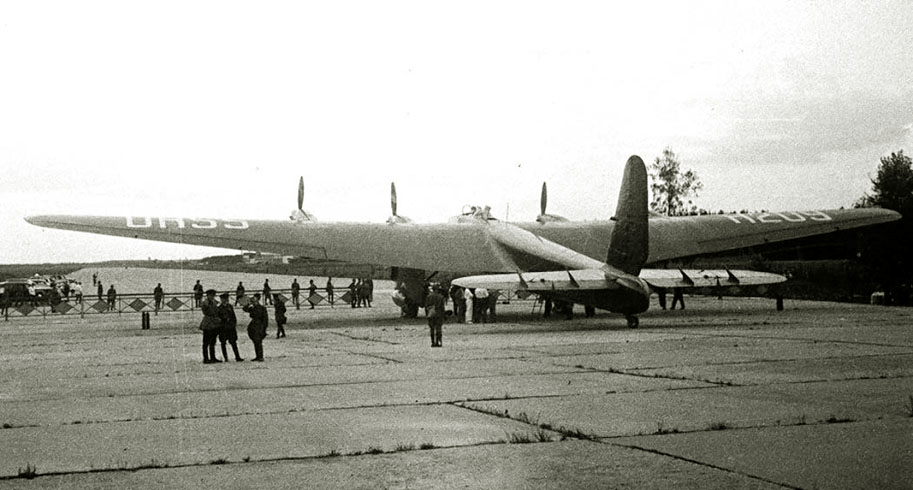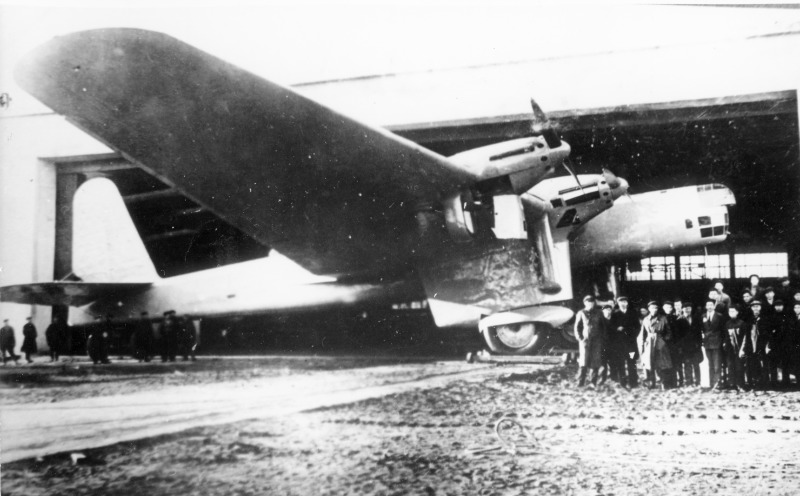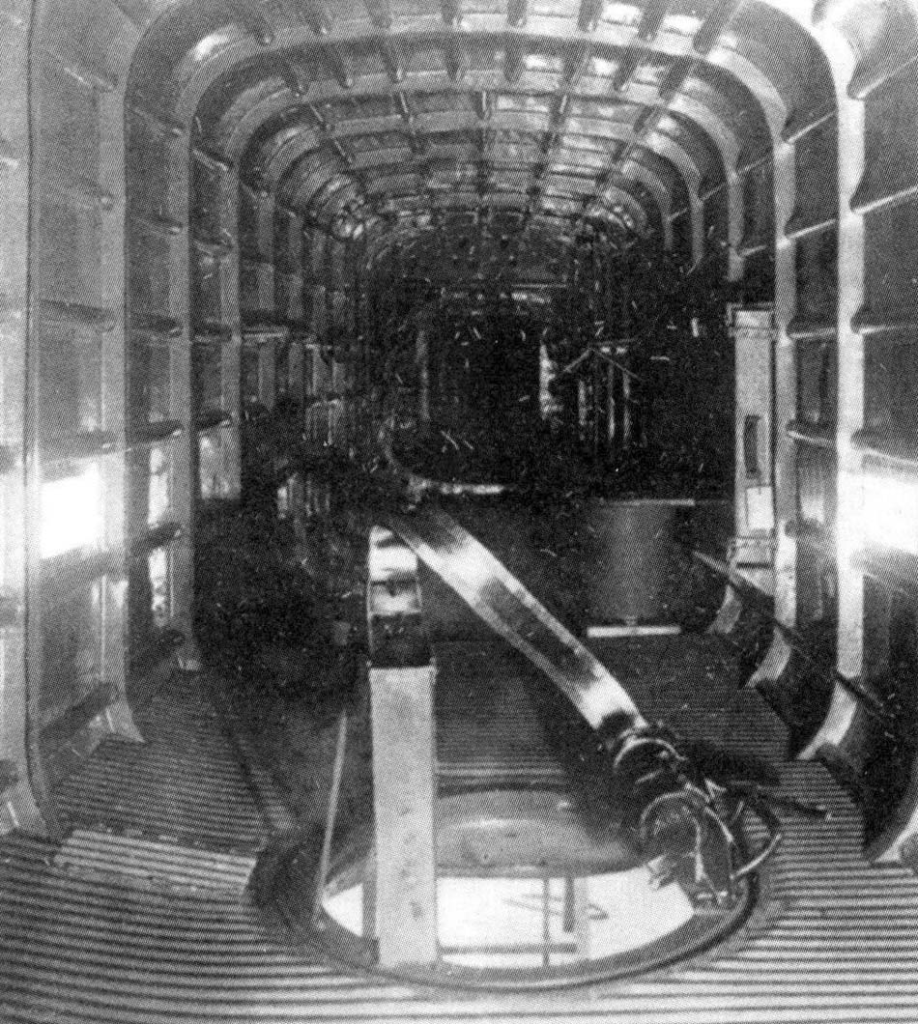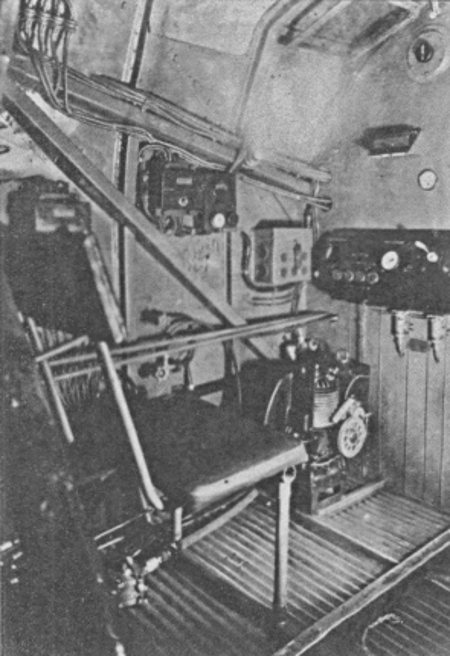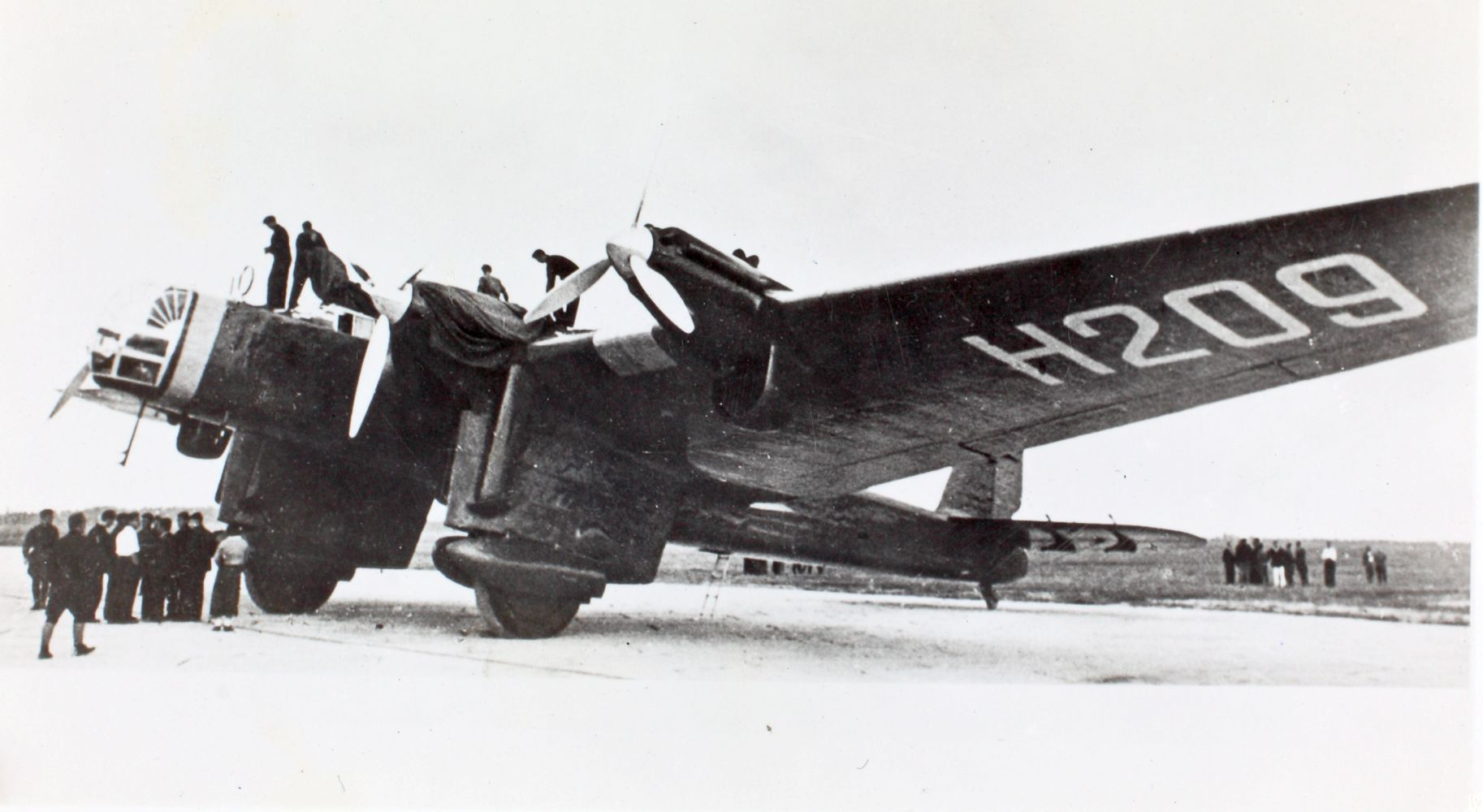Bolkhovitinov DB-A Russian Heavy Bomber
The Bolkhovitinov DB-A (Dal′niy Bombardirovshchik — “Long-Range Bomber”, Academy) was a Soviet four-engine heavy bomber developed in the mid-1930s by a design team at the Zhukovsky Air Force Academy under the leadership of Viktor Bolkhovitinov. Intended to replace the ageing Tupolev TB-3, the DB-A featured stressed-skin construction, improved aerodynamics, and more powerful engines. Despite promising performance, it was built only in small numbers, and its operational history was brief.
Development History
Work on the DB-A began in the early 1930s as part of the Soviet Union’s effort to modernise its long-range bomber fleet. The prototype’s first flight occurred on 2 May 1935. It incorporated a smooth semi-monocoque fuselage, a large internal bomb bay, and advanced crew protection for its time. A follow-on prototype, the DB-2A, featured detail improvements, including revised aerodynamics and upgraded engine installations.
The DBA Production Version
The production aircraft were designated DBA and ordered in 1937. Sixteen were contracted, but only twelve were completed.
Key Production Changes:
- Engines: Upgraded to Klimov M-34FRN engines equipped with turbochargers for improved high-altitude performance.
- Undercarriage: Rearward-retracting main landing gear for reduced drag.
- Gunner Positions: Defensive positions placed in the rear of the inner engine nacelles, providing broader fields of fire.
- Detail Refinements: Improved crew accommodations, strengthened structure, and enhanced aerodynamics compared to prototypes.
Operational History
The DBA did not enter mass front-line service. By the time production began, competing aircraft such as the Ilyushin DB-3 offered similar performance in a smaller, more economical package, while development of larger, more capable heavy bombers like the Petlyakov TB-7 was underway.
One of the most notable episodes involving a DB-A was the 1937 attempt by pilot Sigizmund Levanevsky to fly from Moscow to Fairbanks, Alaska, via the North Pole. The aircraft disappeared en-route and was never found, becoming one of the Soviet Union’s most famous lost flights.
